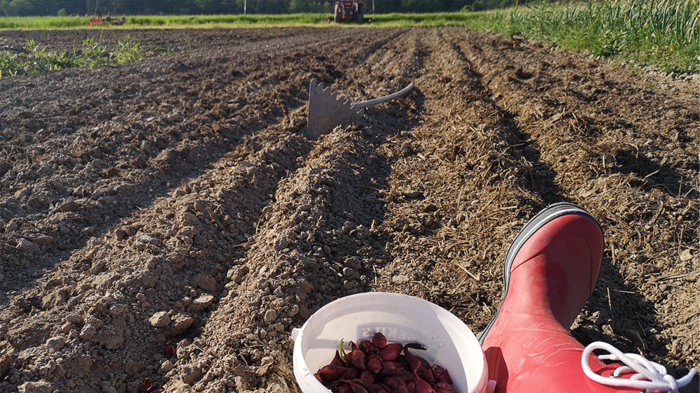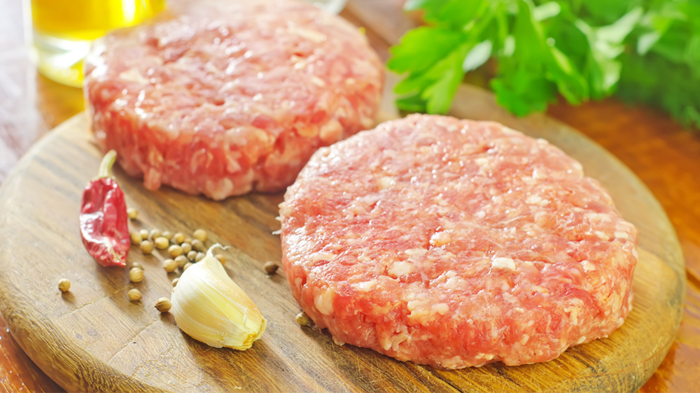In a food world saturated with options navigation is not always easy. That is, navigating yourself to your next great meal. Food tourism has long been practiced, after all, you haven’t really tasted pizza until you’ve been to Naples, chili tastes best in Cincinnati and you can’t lay claim to pho until you’ve hit Vietnam, but the latest thing on the menu is destination dining. Noma, in Copenhagen has been rated the world’s best restaurant three years running by Restaurant magazine and the amuse bouche alone are said to be “worth the airfare to Denmark”. On their website, Noma writes that, “in an effort to shape our way of cooking, we look to our landscape and delve into our ingredients and culture, hoping to rediscover our history and shape our future.” The most pervasive trends in fine dining right now is local, seasonal and sustainable – so isn’t it ironic that people will travel halfway around the world to taste what’s on offer? The food may be local, but the diners are not.
This paradox struck me as I read an article in a recent issue of Bon Appétit. The article highlighted Ben Shewry’s Australian restaurant; Attica, which one hungry journalist traveled 10,000 miles to eat at. The restaurant’s signatures dish is ‘A Simple Dish of Potato Cooked in the Earth it was Grown’ – a potato lightly dressed and then packed back into the soil from which it was dug and baked in the layers of Earth. Now, it doesn’t get more local than that. This dish has been exalted for its “potato-ness” and for being “the most potato-tasting potato” – it embodies the straightforwardness of the natural world that we have been systematically distanced from by butter, additives and taste enhancers. People are hungry for a meaningful relationship with the food that they eat and the land from which it grew; food tourism is just one testament to how far they will go to get it.
Like Noma, Attica prioritizes local, sustainable and seasonal food and like Noma, it has become a destination in and of itself. In defense of flying halfway around the world to essentially, eat a potato cooked in some dirt, Sachs writes, “While ideas travel, taste is local.” Exclusivity is no longer limited to highbrow ingredients; it’s about being able to afford an experience, to taste something in the place where it grew, was harvested and handled.
Food tourism is just another environmental paradox in the recent upward trend of all things food related, the so called, foodie movement. And while foodies appear to be sympathetic to the values of sustainable food, their commitment is questionable. Ultimately, taste trumps all, wherever it may be. Evidently, not only do we need to be concerned about food miles, we also have to start worrying about foodie miles.
So, how do we eat right? We eat right outside – go find yourself a potato patch and start digging.
Photo from www.wikimedia.com






Logg inn for å kommentere
Ikke UiO- eller Feide-bruker?
Opprett en WebID-bruker for å kommentere